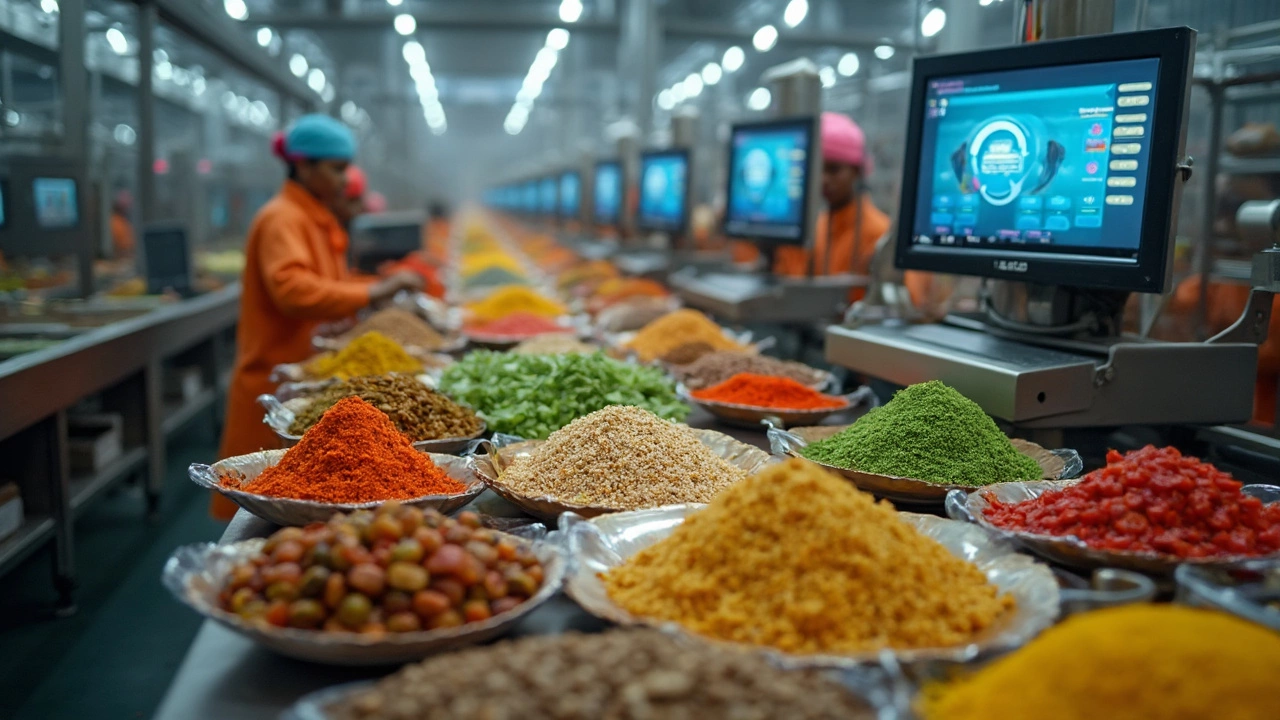SAP Food Processing Solutions: Boost Efficiency & Quality
When working with SAP food processing, the suite of SAP tools built for the food manufacturing sector, covering everything from raw‑material procurement to finished‑goods traceability. Also known as SAP for the food industry, it helps companies meet strict quality standards while optimizing operations.
At the heart of any SAP food processing deployment is Enterprise Resource Planning (ERP), a digital platform that unifies finance, inventory, production planning, and sales into a single source of truth. SAP food processing encompasses integrated ERP solutions, meaning the ERP layer talks directly to shop‑floor machines, quality labs, and compliance modules. This seamless flow eliminates duplicate data entry and cuts the time it takes to move a batch from raw material to market.
Key Benefits of SAP in Food Processing
One of the biggest challenges in the food sector is food safety compliance, adhering to regulations like FSSAI, HACCP, and ISO 22000 to ensure products are safe for consumers. SAP food processing requires strict food safety compliance, so every step—receiving, processing, packaging, and shipping—generates audit‑ready records. When a regulator asks for a lot trace, the system can instantly pull the batch number, ingredient source, and processing parameters.
Another pillar is supply chain management, the coordination of raw‑material sourcing, logistics, and distribution to keep production flowing smoothly. Supply chain management influences SAP food processing performance by feeding real‑time inventory levels and demand forecasts into production schedules. The result is less waste, lower holding costs, and the ability to react quickly to market spikes or ingredient shortages.
Beyond ERP, many manufacturers layer a Manufacturing Execution System (MES) on top of SAP to capture shop‑floor data such as machine uptime, temperature logs, and yield rates. This MES integration completes the loop: ERP plans, MES executes, and SAP analytics evaluates. The combined architecture supports continuous improvement initiatives like Six Sigma or lean manufacturing without adding separate software silos.
Implementing SAP food processing is not just a tech upgrade; it reshapes how teams collaborate. Finance can see real‑time cost of goods sold, quality teams get instant alerts on deviations, and sales can promise delivery dates backed by up‑to‑the‑minute production capacity. Because the system is modular, a midsize dairy producer can start with core ERP and add advanced traceability later, while a large confectionery group can roll out a full‑scale MES from day one.
Looking ahead, the food industry is embracing IoT sensors, AI demand forecasting, and blockchain for provenance. SAP’s open architecture means these emerging tools plug into the existing platform, keeping the investment future‑proof. Whether you’re trying to reduce spoilage, meet new labeling laws, or expand into export markets, the SAP food processing stack gives you the data and automation needed to stay competitive.
Below you’ll find a curated set of articles that dive deeper into each of these topics—real‑world case studies, step‑by‑step guides, and insights on how SAP intersects with manufacturing trends. Browse through to see how the concepts we’ve discussed translate into actionable strategies for your own operation.

SAP in food processing has become a crucial tool for improving efficiency and optimizing operations. This article will explore how SAP software is used to streamline production processes, manage supply chains, and ensure food safety. We'll dive into real-world applications, highlighting the benefits food manufacturers have experienced by integrating SAP systems. Get ready to see how technology transforms the food industry! (Read More)







